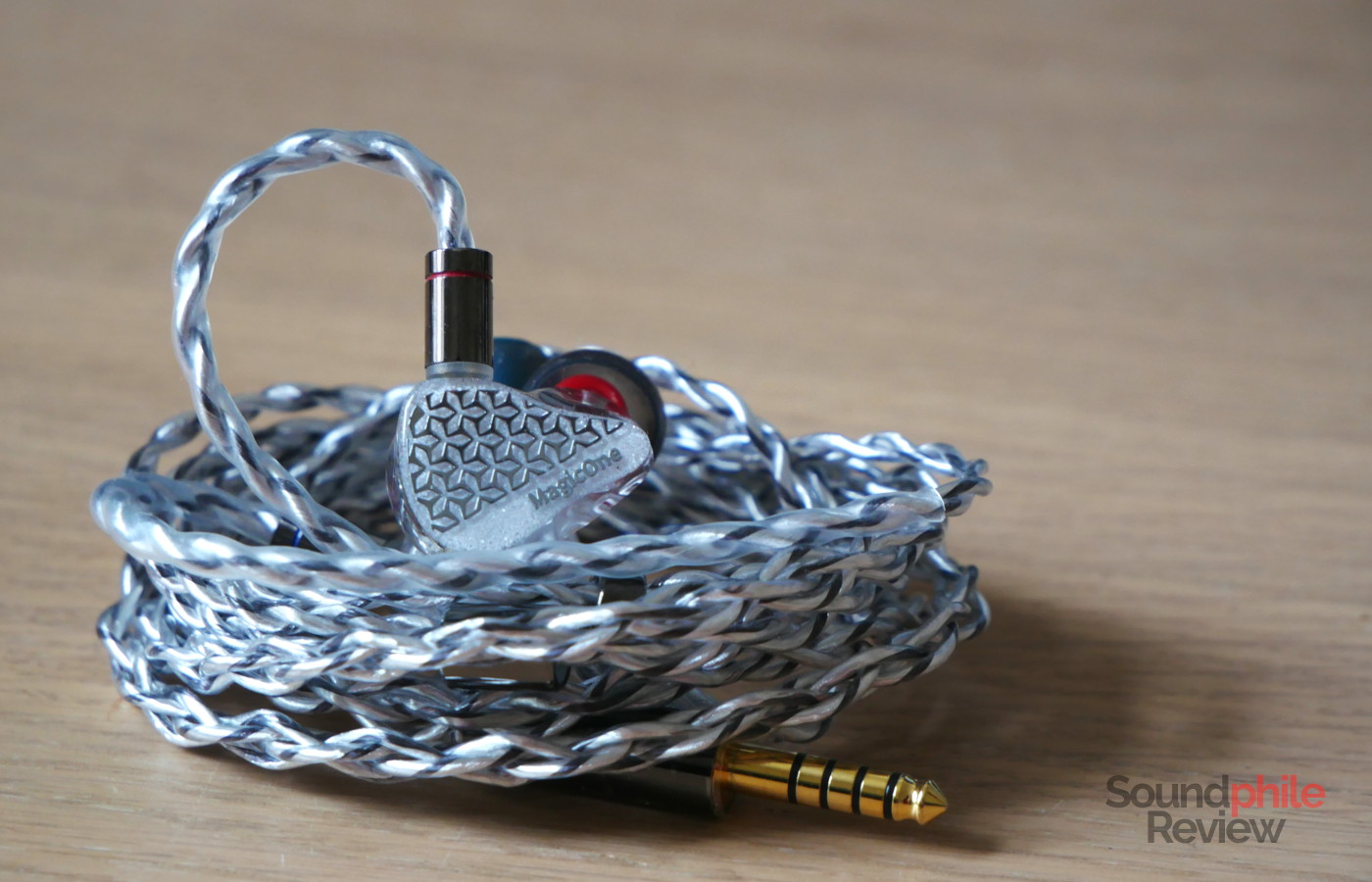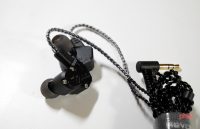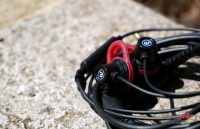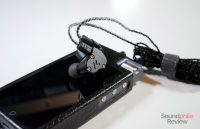With a name like AFUL, it’s impossible not to make jokes, so let’s address that right from the beginning. It’s a bit like OneOdio for Italian and Spanish speakers: sometimes there’s stuff lost in translation which makes names quite funny. In this case, though, the obvious association with “awful” doesn’t quite paint the right situation: the AFUL MagicOne is actually a fantastic product, and one which shows how far you can go with just one balanced armature which has been tuned correctly.
Disclaimer: I received a free unit from Elise Audio. They sell the MagicOne for £124.99. Additional information on the manufacturer’s website.
TL;DR: recap
| Pros |
Cons |
| + Nice design
+ Very good comfort + Very good technical ability + Sound signature close to neutral |
– Limited passive isolation |
Rating: 8/10
Packaging & Accessories
![]()
The AFUL MagicOne come with a metal well-made circular case, as well as two sets of silicone eartips in three sizes: one set is made of semi-transparent white silicone, while the other is dual-density silicone with harder inner bore.
Design & Build
![]()
The AFUL MagicOne have a completely transparent shell, which shows how they are built: the single balanced armature is visible, just like the very long acoustic tube which resembles a labyrinth and which ends with a small hole in the shell. The faceplate is not transparent: it has a grey-silver layer of paint, on top of which there is a grid made of metal. I find this design really elegant and well done.
![]()
Build quality appears to be great, as the shells are made of a single piece of resin. The nozzle is covered by a metal grille, which prevents dirt from entering the shell.
![]()
Comfort is very good, and I can wear the AFUL MagicOne for multiple hours without issues. They are small enough to fit in my ears perfectly (they would probably still fit into the ears of someone with smaller ears, too) and they are shaped so that they don’t press against any specific point of the pinna.
![]()
Passive isolation is limited and it isn’t able to shield you from loud noises, or even just from people talking around you. As I am writing this specific sentence I am riding Glasgow’s subway and I can hear not just the noise coming from the train itself, but also from the people around me. Now, this isn’t just limited to very noisy situation like the world’s third-oldest subway: even at home, while typing on my mechanical keyboard, I can still clearly hear it while wearing the earphones.
![]()
The cable is very well made: it is relatively soft and malleable, with four cores which are braided between the jack and the Y-split, and then are twisted in pairs until the 2-pin connector. All housings are made of metal. It is noteworthy that the jack connector is a 4.4 mm Pentaconn connector for balanced input. It is very well made, especially considering it is a stock cable, and it has very low microphonics.
Sound & Specs
I have tested the AFUL MagicOne with several devices, including an Astell&Kern SP3000, an Astell&Kern SE300 and an SMSL C200.
AFUL MagicOne |
| Frequency response | 5 – 35,000 Hz |
| Impedance | 38 Ω |
| Sensitivity | 103 dB |
Considering that the MagicOne has a single balanced armature, the results are very remarkable and show what can be achieved with putting extra care into tuning. The driver was developed internally by AFUL and is meant to be a full-frequency driver, able to reproduce all frequencies equally well – a feat which not many BAs achieve.
The soundstage on the AFUL MagicOne is relatively wide, with little depth; the sensation is that the sound is produced near the listener and expands in a moderately wide space. This is in line with expectations of IEMs and isn’t especially noteworthy. Imaging is good, with a well-arranged placement of instruments on the scene and good distinction between the various areas. Instrument separation is what is really surprising considering the underlying technology: even in moderately complex tracks you can always hear the different instruments playing and maintaining their individuality.
Balanced armatures are not famous for being good at reproducing bass (and especially sub-bass) in quantity, but in this case AFUL seems to have been able to tune their BA very well. Bass won’t win any contest against dynamic drivers when it comes to quantity, as it sits right on the border of neutrality, but what’s more impressive is that sub-bass does so, too, and comes through clearly. Let’s be clear: bass can sound almost reserved and it will leave you wanting for more in complex tracks where there should be plenty of it (e.g. Massive Attack’s Angel, where it is overpowered by the other parts easily). Other times, though, like in tracks such as The Prodigy’s Smack my bitch up, it does sound convincing even in terms of quantity. It generally does sit behind the midrange. It does offer great clarity and speed, though, as is expected when dealing with balanced armatures: transients (e.g. drum rolls) are clean and immediate.
Midrange is undoubtedly the star of the show: it clearly emerges as the dominant area. This is especially true when talking about the upper half, which is the stronger one: take as an example Foundations of Stone from the soundtrack to The Lord of the Rings: the Two Towers, where trumpets sound in front of the rest of the instruments, leaving the choir in the back seat. This also brings some sibilance: take Memoro de la Stono from Distant Worlds, where Susan Calloway’s voice sounds a bit more aggressive and sibilant than it ideally should. There is still a good balance, though, so the overall tonality is preserved well enough. Just like with bass, clarity, speed and detail are all very well represented in the midrange as well.
Treble is the area which I think some people could find a bit more problematic, as it is a tad more prominent than an ideal perfectly neutral tuning would provide. It’s especially the middle region which is a bit more emphasised, leading cymbals to sound more prominent in the mix – something those who are more sensitive to treble will surely notice. Take Boobytrapping from the Ocean Eleven soundtrack, or Sturgill Simpson’s Ronin: the various cymbals are often placed in front of the other instruments. The good news is that the quality is great: the speed is superb and therefore so is detail.
Final Thoughts
The AFUL MagicOne really show what can be done with serious tuning of a single balanced armature. The result is quite astonishing, as the MagicOne are remarkably close to earphones with a dynamic driver in terms of extension and accuracy of reproduction of the various areas. That in itself is quite a feat: just a few years ago it was almost unthinkable, especially when it comes to bass. The sound quality of the AFUL MagicOne is excellent even when we compare them to similarly-priced alternatives and not just when we take into account the technology they are built on top of.
They are interesting earphones from all angles, be it the tuning or the technical ability, which is why I highly recommend them.




